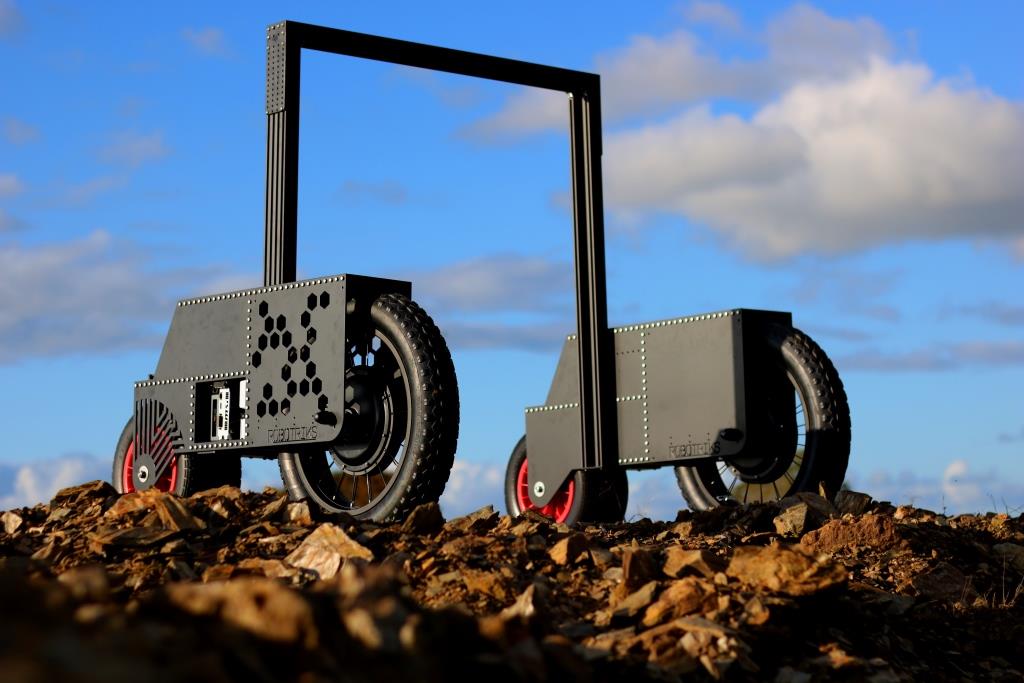A low-cost robotic platform which can be fitted with almost any agricultural implement could help farmers across the UK to overcome the lack of available manual labour.
The Robotriks Traction Unit (RTU), created by St Austell-based startup Robotriks, costs just £7k – almost a tenth of the cost of most other products on the market.
Powered by batteries which last for 24 hours, it can be built within a few hours and made available for a range of tasks from crop monitoring to harvesting crops like cauliflowers.
Robotriks was co-founded by Jake Shaw-Sutton, senior robotics technician at the University of Plymouth, and Khaian Marsh. Both grew up on farms, so they had an idea of the challenges facing the sector but could also put the RTU through its paces in real-life situations, including testing for soil compaction.
Shaw-Sutton said: “This is not about taking away jobs, it’s about filling jobs where there currently are no people available to do them. For a while there have been fewer people willing to go out into the fields and harvest fruit and vegetables; this is an autonomous solution to that, and one which is affordable and reliable.
“Even with the current cost of the unit, which we’re always trying to improve, it still works out cheaper than having someone employed on minimum wage – it can work for more hours, not needing lunch breaks or to sleep at night.”
The project has been funded by Agri-Tech Cornwall – a three-year, £10 million initiative part-funded by the European Regional Development Fund, with match-funding from Cornwall Council – and an innovation grant from the Cornwall Development Company.
The RTU works either by remote control or autonomously and comprises a large drive wheel, suspension and a computer system, held together by galvanised pipe – on which farmers can attach pretty much any implement.
The component parts are all mass produced rather than specialist, which brings the costs down – for example, the wheel’s brushless hub motor is from an electric bike.
It then has three control options. The first uses a remote control to drive the unit to a location, mark it as a point, drive to the next position and mark another point – then it will keep driving between those points. The second uses an online map, which appears on a display with the current location, and the operator can click where they want to send the unit and it will go there. The third, which is still under development, features full autonomous control using a positioning system known as Real Time Kinematic (RTK) and drones.









